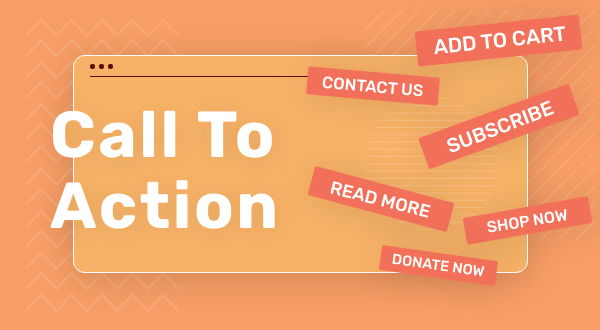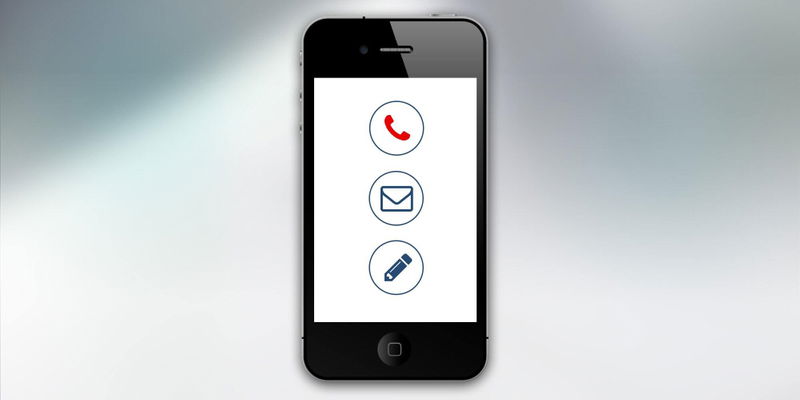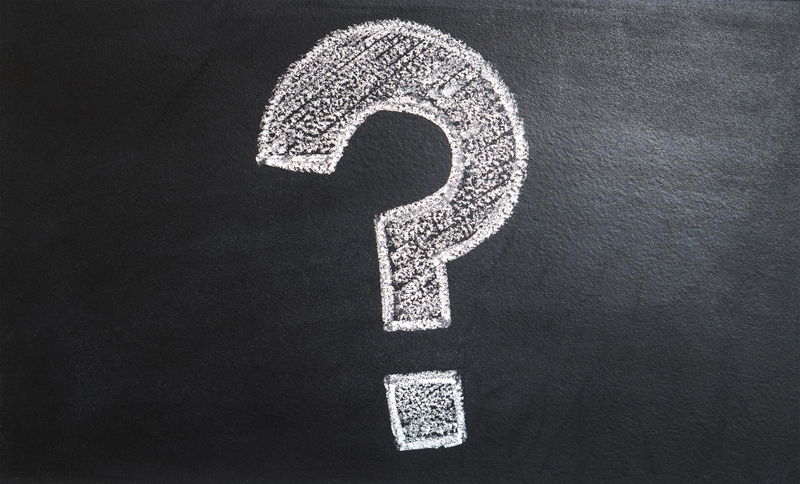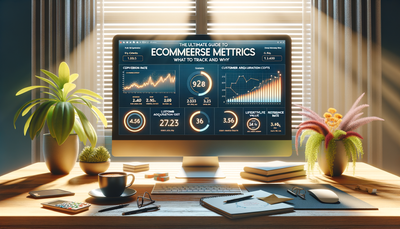What Is Call to Action and How Do You Make One?
An effective Call to Action is a powerful tool for getting users to do what you want them to do when visiting your website. Make one and grow your site!
Table of Contents:

What Exactly Is Call To Action (CTA) And How Do I Use It?
Let’s understand Call to Action meaning first. Call To Action is an ‘invitation’ of sorts that is made to a user to follow a specific course of action. CTA examples pop up everywhere and as a copywriter, your job is to make sure that you understand what persuasive writing is. CTA is something you will hear on YouTube videos, read in blog posts, and see in marketing emails from your favorite online shop. Everyone has an objective at hand and if you respond to that CTA, you either hit that subscribe button, shop online, or follow a link to a new page. But CTA isn’t just a simple element of invitation. It’s a lot more than just that. So let’s take a look at the blueprint and where it comes from.
What Does Call To Action Do?
Change consumer behavior, of course. It’s been measured and managed by clever marketing companies for as long as the desire to obtain something physical has existed. Naturally, CTA has experienced a few facelifts over the years. Before the Internet took us by storm, advertising messages compelled us to act (as a consumer) in a specific way on flyers that filled up our mailboxes in the front yard. CTA has seeped into every element of communication we have come in contact with. From brochures, catalogs, email campaigns, banners on landing pages, and even the smallest hint on a tutorial you may watch online. It’s a tried-and-tested method that has proven its power with a high success rate.
How Do I Implement Call To Action?
First things first. Your objective needs to be clear. What are you hoping to achieve? Who are you looking to communicate with? Regardless of what you wish to accomplish with your marketing/advertising campaign, a compelling CTA is needed. This is the proverbial thread that holds the fabric together. At any given point, the content crafted for your campaigns should have a CTA that seals the deal: Hook, line, and sinker. Your CTA will determine the behavior of your audience and measure how they take action. In advertising, direct response copywriting is used to create messages that use compelling CTA’s. A very specific reason to purchase, follow, like or subscribe depends on your message. This intricate form of marketing that turns a lead into a user and then later, a customer. Implementing a solid CTA means that you have created a hook that leads to a click, or the scan of a QR code and the thumbs-up on your Facebook page, for instance. The measurement of success is calculated with a click-through-rate and a conversion formula that captures the number of clicks for the time period of which the CTA was seen. What’s the most important thing to remember? Understand that there are TWO main purposes of a CTA:- To tell someone what you need them to do.
- Give them the motivation to take the desired action.
- Sign up
- Register
- Call
- Subscribe
- Donate
- Buy
- Order
- Share
- Follow
- Download
- Click Here For
Building a website with SITE123 is easy

Important Factors To Remember When Creating A Call To Action
Now that you know what you need to ask of your audience or customers and why you want them to do it, you’ll have no time to beat around the bush.- Rely on effective verbs like ‘buy, shop, or order’. Words like ‘download’ and ‘subscribe’ works well and longer phrases to ask for information can be obtained with ‘fill out our form’ or ‘find out how’.
- Compile a list of words that will provoke emotion or motivation. In order to elicit a good response from a lead, their enthusiasm to do so will rely heavily on how you approach your CTA.
- Having a Unique Selling Point (USP) is something that can help massively to boost your Call To Action. What can you offer your customers or audience that will be beneficial to them? Will they perform better at work? Will they lose weight or do you have valuable health tips?
- Take the number approach whenever you can. A consumer is more likely to respond to something that includes discounts, pricing, promotions, or incentives. Having your pricing information ready on your ad makes it easier to see that a user is definitely interested in your services or product when they decide to click-through to your site.
- In terms of design, always make sure that your CTA doesn’t only stand out with clever text, but pops out from the rest of the text that surrounds it. Use a different font, color scheme, or blow it up in size - as long as it doesn’t disappear. Otherwise, what’s the point?






